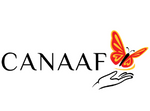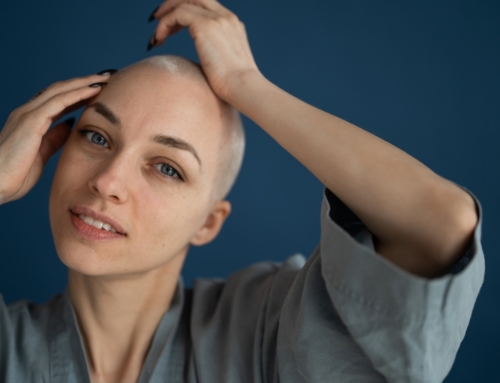October 11th, 2022
Two years ago, CANAAF’s very own Director of Science & Research, Anthony Gilding, undertook a study under the supervision of Dr. Cathryn Sibbald to investigate the burden of alopecia areata (AA) on Canadian patients and caregivers. To date, this is the first of its kind Canadian study. Today, we are pleased to announce that the results of the study have been published in JMIR Dermatology! You can access the publication here: http://dx.doi.org/10.2196/39167
You, or someone you know likely participated in the study and are wondering what exactly the team found. If you attended our Come Together Conference in July, you would have heard the results summarized by Dr. Sibbald. However, for those who were unable to attend, we will summarize them here.
Overall, they found that AA was significantly burdensome on patients’ and caregivers’ quality of life. This likely does not come as a surprise as we know how difficult it can be to deal with AA. This study found that AA was burdensome in two major ways: psychosocially and financially.
From a psychosocial perspective, pervasive feelings of anxiety and depression were common amongst patients and caregivers. 95% of patients reported feeling very uncomfortable or self-consciousness about their appearance. 64% of patients avoided social situations as a result. Moreover, 64% of patients were worried about losing any hair that may have regrown from treatment. On a scale of 1-5, the average score of caregivers’ feelings of sadness was 4.0. Similarly, the average score for their feelings of guilt or helplessness was 4.2 out of 5. With respect to the satisfaction of treatment options available for their child(ren), the average score out of 5 was 1.8.
From a financial perspective, AA was reported to be burdensome because of the cost of camouflaging the hair loss. The most common camouflaging methods were wearing a hat, scarf, or wig/hairpiece, as well as eyebrow microblading. Patients reported spending anywhere from $150-$7000 CAD on a wig/hairpiece. For microblading, they reported spending $200-$2500 CAD for an initial session, and $150-$500 CAD for subsequent sessions. While their reported satisfaction was relatively high for both camouflaging techniques, it was commonly reported that they did not last long. For most patients, hairpieces lasted only 1-3 years before needing to be replaced. Eyebrow microblading generally lasted 6 months to a year before needing to be touched up or re-done.
Patients described support groups as safe spaces to express themselves and seek comfort while coping with their AA. On a scale of 1-5, the average score for the helpfulness of support groups was 3.7 in adults and 4.0 in children. Both adults and children appreciated being able to talk openly about their hair loss with other patients.
Lastly, patients and caregivers reported that they wished their clinicians (dermatologists, family physicians, etc.) provided them with more information about AA at the time of diagnosis, specifically regarding prognosis and alternative treatment options. Patients and caregivers felt as though they were left to seek this information on their own, which was both time consuming and emotionally-taxing for them. The desire to connect sooner with mental health resources and support groups from CANAAF was echoed by many patients.
The authors of this study strongly believe that these results will influence the care that clinicians provide patients with AA, for the better. They are hopeful that clinicians will spend more time educating their patients about AA and will refer them to mental health services if needed. They are also hopeful that this study will raise society’s awareness of the impact of AA on patients and caregivers.
The authors would like to sincerely thank everyone who participated in the study. They would also like to thank CANAAF and dermatologists across Canada for disseminating the study to patients and caregivers. Without all of you, this study would not have been possible.
Have questions about the results of the study or want to learn more about alopecia areata? Contact Anthony Gilding at science@canaaf.org





